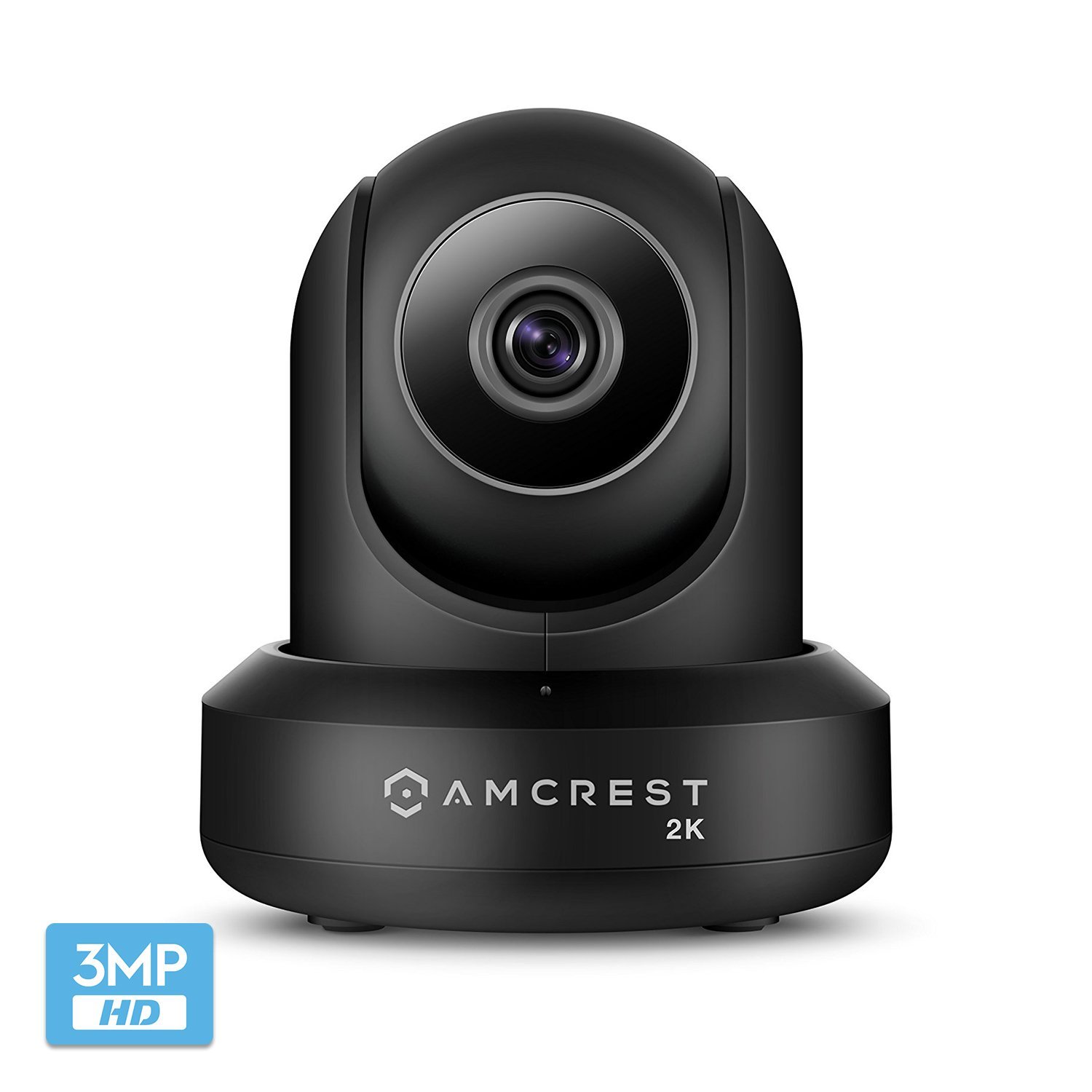
Eyes Everywhere: Unveiling the Power of Security Cameras in Modern Safety

In today’s fast-paced world, the presence of security cameras has become a fundamental aspect of modern safety. Their omnipresence, from bustling city streets to quiet suburban neighborhoods, signifies a shift in how we approach security and surveillance. With advancements in technology, these devices have evolved beyond simple recording tools to sophisticated systems that provide real-time monitoring, analytics, and unprecedented peace of mind.
The power of security cameras lies not only in their ability to deter crime but also in their role as an essential part of community safety. As more individuals and businesses invest in these systems, we are witnessing a transformation in our environments. Security cameras have become the eyes that watch over public spaces, fostering a sense of security for citizens and enhancing the effectiveness of law enforcement. As we delve deeper into the functionalities and implications of security cameras, it becomes clear that they are more than just tools—they are vital partners in maintaining safety and order in our daily lives.
The Evolution of Security Cameras
The development of security cameras has undergone significant changes since their inception. The first security cameras were mechanical devices capturing images using analog technology. These early systems were basic, offering limited image quality and functionality. They were primarily used in high-security locations and required significant maintenance.
With the advent of digital technology, security cameras began to evolve rapidly. The introduction of digital video recording transformed the way surveillance was conducted. Users could store and access video footage more easily, leading to widespread adoption in various sectors, from retail to residential areas. This shift greatly enhanced the accessibility and effectiveness of security measures.
In recent years, the integration of smart technology has further revolutionized security cameras. Modern systems now feature advanced functionalities such as high-definition video, motion detection, and remote viewing capabilities. With the rise of the Internet of Things, security cameras can now connect seamlessly to smartphones and other devices, offering real-time alerts and greater control. This evolution has made security cameras essential tools for ensuring safety and security in today’s world.
Benefits of Surveillance in Public Spaces
The presence of security cameras in public spaces significantly enhances safety and security for everyone. By providing continuous monitoring, these cameras deter criminal activities, as the likelihood of being caught on tape makes potential offenders think twice. This peace of mind encourages greater community engagement and participation in public areas, knowing that there is an added layer of protection.
Additionally, security cameras serve as valuable tools for law enforcement. In the event of a crime, footage from cameras can provide critical evidence that assists in investigations. This not only helps in solving cases more efficiently but also in identifying suspects, leading to quicker resolutions. As a result, security cameras contribute to a sense of accountability among individuals in public spaces, fostering a safer environment.
Furthermore, the integration of security cameras with advanced technologies, such as artificial intelligence, allows for real-time monitoring and alerts. This means that suspicious behavior can be detected and addressed promptly, reducing response times for emergency services. Such proactive measures highlight the importance of surveillance in modern safety, promoting a culture where public spaces are cleaner and safer for all members of the community.
Challenges and Ethical Considerations
While security cameras offer enhanced safety and surveillance, they also present a range of challenges and ethical dilemmas. One significant concern is the potential for invasion of privacy. As cameras become more ubiquitous in public and private spaces, individuals may feel that their personal space is being constantly monitored, leading to discomfort and a sense of being scrutinized. This feeling can be particularly pronounced in areas where people expect a degree of privacy, such as homes and restrooms.
Another challenge revolves around data security and misuse. Security cameras generate vast amounts of footage, which must be stored and managed carefully. If this data falls into the wrong hands, it can lead to serious breaches of privacy and security for individuals. Additionally, there is the issue of surveillance misuse; footage intended for safety can be used for purposes such as stalking, harassment, or unjust profiling. Thus, proper regulations and guidelines are essential to safeguard the data collected by these systems.
Wholesale Security Cameras
Finally, there is the ethical consideration of reliance on technology for public safety. Over-reliance on security cameras may lead to complacency among individuals and authorities, who might think that surveillance alone can ensure safety. This mindset could undermine community engagement and responsibility, as people might feel less compelled to look out for one another. Striking a balance between utilizing security cameras for protection and maintaining a sense of community trust and personal responsibility remains a critical challenge in the age of increasing surveillance.



